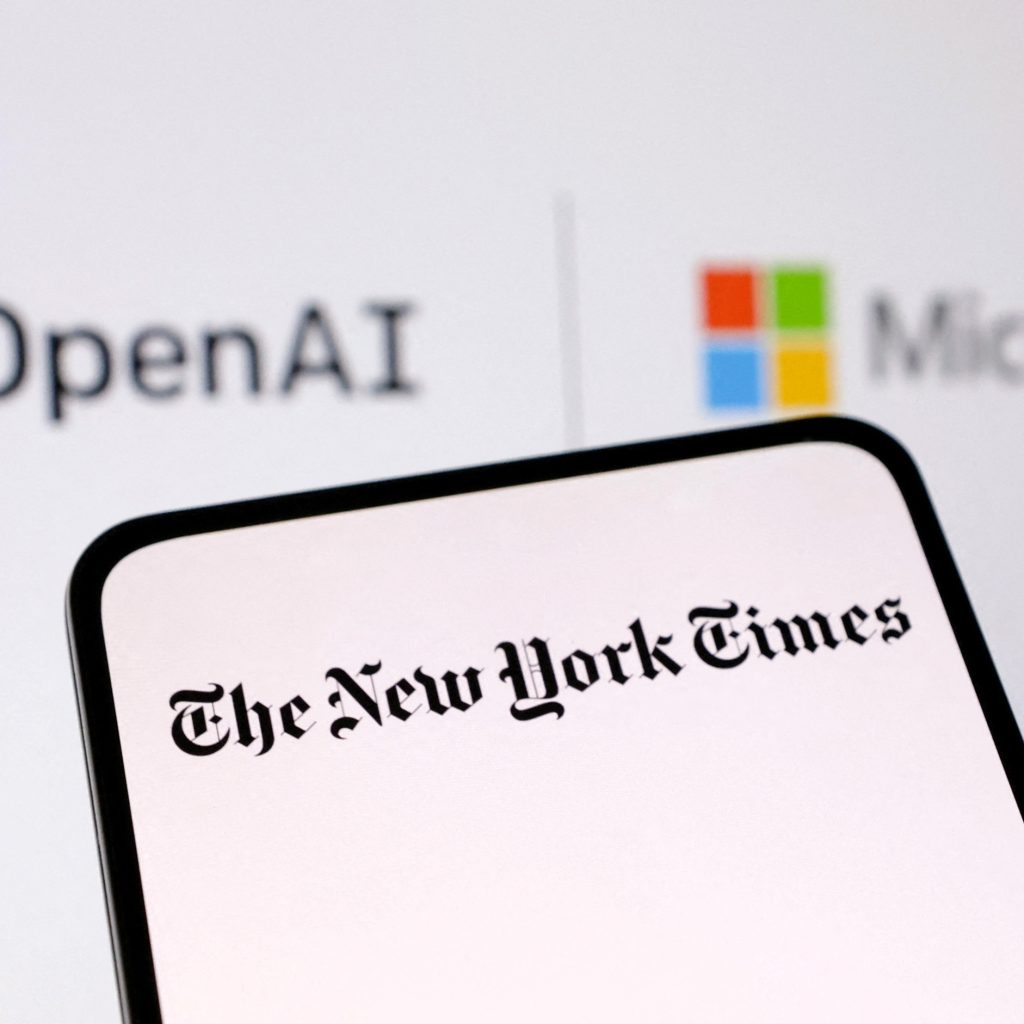In a strategic move to recapture its valuation and outpace competition, Canva, the prominent design software maker, is diving headlong into the realm of artificial intelligence (AI). Faced with a significant decline in valuation, the company is leveraging AI-powered features to appeal to enterprise clients and secure its standing among the world’s top startups. Co-founder and Chief Product Officer, Cameron Adams, highlights the imperative role of AI in fostering innovation, efficiency, and ultimately, revenue growth.
AI strategy unleashed for creative freedom
Canva’s Co-founder and Chief Product Officer, Cameron Adams, sheds light on the company’s recent strategic shift toward AI. Adams points out that the integration of AI tools enables users to freely experiment with new ideas, overcoming constraints of time, resources, and funding. This move is seen as pivotal, especially in a competitive landscape where innovation is a key differentiator. The emphasis is on maintaining affordable prices to retain user loyalty in a market where alternatives abound.
Canva’s foray into AI isn’t merely a philosophical stance but a tangible implementation. The company recently introduced a suite of AI-powered functions to its design software, aimed at transforming user experience and attracting enterprise clients. These features range from turning presentations into executive summaries to generating coherent blog posts from scattered ideas and creating photos and videos from a single prompt. The goal is clear—capturing a larger share of the enterprise market and competing with giants like Adobe, which itself boasts a significant market capitalization.
Despite Canva’s significant valuation drop from its peak of $40 billion in 2021, the company remains resilient. Adams attributes the markdowns to broader market conditions and a recalibration in the industry after a funding boom in 2021. Canva is actively seeking to broaden its user base beyond the U.S. and Australia, with a keen focus on Asia. The company has observed increased user engagement from Indonesia and India, signaling a potential avenue for growth.
AI’s impact on employment
In a more expansive and comprehensive framework, the assimilation of artificial intelligence has ignited fervent debates regarding its ramifications on the employment landscape. Adams, unwaveringly sanguine in his outlook, posits that the human element will persist in its pivotal capacity within the realms of creativity and content generation.
Notably, Canva, as a testament to its commitment, has allocated a substantial sum of $200 million as a financial remuneration pool for contributors who grant the company the privilege of utilizing their content for the purpose of training AI models. Adams articulates the perspective that, far from being a disruptive force to human conduct, AI serves as a catalyst for novel prospects, fostering heightened productivity and orchestrating a paradigm shift in conventional workflows.
As Canva embarks on its AI-driven journey, the question looms—can the strategic embrace of artificial intelligence reignite its valuation and propel it back into the echelons of top startups? The blend of innovation, affordability, and a global expansion plan might be the key to Canva’s resurgence. Will this bold move secure its future in the competitive landscape, or are there unforeseen challenges on the horizon? Only time will unveil the true impact of Canva’s AI strategy on its trajectory and the industry at large.





